Men may be scarce in art museums, but it’s obvious they often go there on dates (for one, the Obamas went to the Art Institute of Chicago on their first outing, or so a story goes).
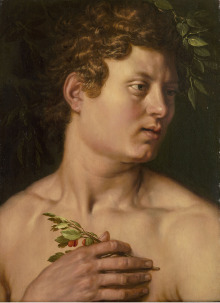 So it’s great that the Wadsworth Atheneum in Hartford is taking advantage of Valentine’s Day with an exhibition called Reunited Masterworks: From Adam and Eve to George and Martha that opens on Sunday. Cleverly, it features 10 sets of historical, biblical, and mythological couples painted from the 14th through the 18th centuries — by artists like Frans Hals, George Romney, Simon Vouet, and Juan de Valdes Leal — that had been separated and owned by different museums.
So it’s great that the Wadsworth Atheneum in Hartford is taking advantage of Valentine’s Day with an exhibition called Reunited Masterworks: From Adam and Eve to George and Martha that opens on Sunday. Cleverly, it features 10 sets of historical, biblical, and mythological couples painted from the 14th through the 18th centuries — by artists like Frans Hals, George Romney, Simon Vouet, and Juan de Valdes Leal — that had been separated and owned by different museums.
Among the couples are Adam (at left) and Eve, as depicted in the 17th century by Hendrick Goltzius, and George and Martha Washington, as portrayed by British portraitist James Sharples.
The Atheneum is making an art historical point by saying that many “iconic paintings were originally conceived in pairs or sets and have been separated over the hundreds of years since their creation,” and it’s doing a service by reuniting them. “It will be a revelation to finally have these paintings displayed together–some for the first time in centuries– allowing us to fully understand and appreciate the artists’ intentions,” said Dr. Eric Zafran, the Wadsworth’s Curator of European Art, in the press release.
That’s all fine, but the idea is also creative fun.
These aren’t the most romantic or erotic paintings, however, and that’s another show that’s been germinating in my mind over the past several weeks. I’ll post one or two later today or over the weekend — and I’d love to hear your suggestions. Send them to me at RealClearArts@gmail.com.
Photo Credit: Courtesy Wadsworth Atheneum

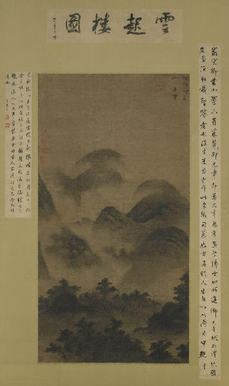
 I’ve been roaming around the continent via the Internet for the last several days, writing about museums in
I’ve been roaming around the continent via the Internet for the last several days, writing about museums in 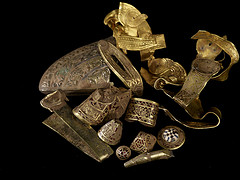 It was just last July when the world was stunned (pleasantly) by the finding of more than 1,500 gold and silver 7th Century Anglo-Saxon treasures that are known as the
It was just last July when the world was stunned (pleasantly) by the finding of more than 1,500 gold and silver 7th Century Anglo-Saxon treasures that are known as the 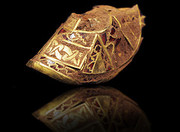
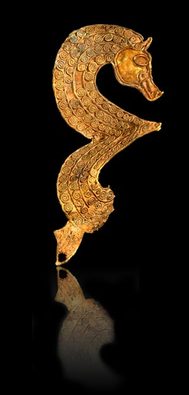
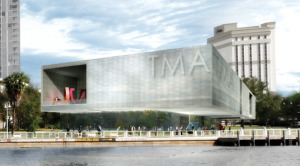 The $32.8 million structure, designed by Stanley Saitowitz, has 66,000 sq.ft, including 26,000 sq. ft. of galleries, and is set in a sculpture garden and an eight-acre park. It plans to be open seven days a week. Adult admission: $10.
The $32.8 million structure, designed by Stanley Saitowitz, has 66,000 sq.ft, including 26,000 sq. ft. of galleries, and is set in a sculpture garden and an eight-acre park. It plans to be open seven days a week. Adult admission: $10.